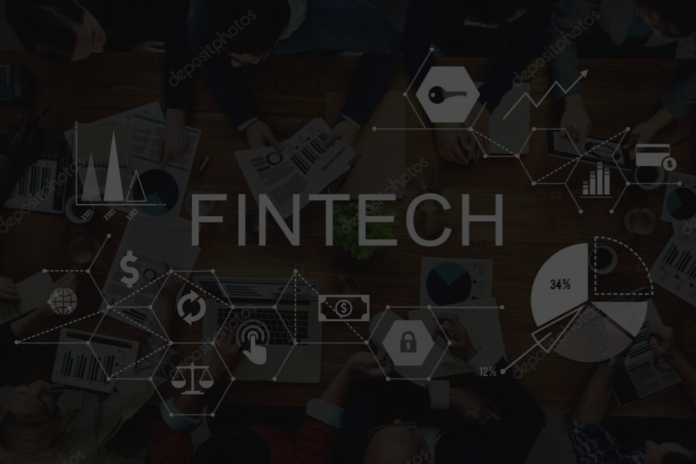Software, mobile applications, and other technologies intended to automate conventional financial practises are collectively referred to as “financial technology,” or FinTech. This technology is being used by numerous financial enterprises and organisations to guarantee the efficient operation of their operations.
FinTech offers customers customised experiences with big data and AI, in addition to improving client retention through speed and ease. For millions of individuals around the world, fintech has revolutionised financial institutions, altering how we pay each other, buy stocks and other financial instruments, and get financial advice.
Different FinTech companies offer various services to their customers. In order to help you grasp fintech better and more effectively, we have covered the five main categories in this tutorial.
FinTech:
What Is It and How Does It Operate?
With the goal of automating the provision and use of financial services, fintech is a new technology. It is a masterful fusion of finance and technology. Fundamentally, financial technology (fintech) is utilised to support businesses, business owners, and consumers in managing their financial operations and procedures more effectively.
It utilises specialised software and algorithms that are frequently found on computers and smartphones. It is a quickly growing sector that in a number of ways benefits both businesses and consumers. FinTech has countless benefits, from bitcoin and investment apps to mobile banking and insurance.
FinTech makes financial transactions easier, more accessible, and frequently less expensive for both individuals and enterprises.
Trading stocks:
The introduction of FinTech has enhanced trading and investing. Shares of a specific corporation can be bought and sold when engaging in stock trading. You own a stake in a corporation if you own certain stocks and shares in it.
The primary objective of stock traders is to buy and sell shares in various companies. They look for ways to profit from short-term swings in stock prices, whether it is for their own advantage or that of their clients. Individual and institutional stock traders are the two different categories of traders.
P2P Payments:
Using digital media, a person can transfer money from their bank account to another person’s account using peer-to-peer (P2P) payments. Depending on whether they are made to an account inside or outside the bank, payments are categorised.
P2P transactions are widely utilised for everything, from splitting the tab at dinner with pals to paying the landlord. Through the internet or a mobile app, these payments allow for the transfer of funds between two parties using their personal banking information or credit cards.
These platforms are becoming more and more popular among people of all ages as more of them appear. PayPal, Facebook Pay, Apple Pay, Google Pay, and other services are examples of P2P payment apps.
Individual traders will use a broker or an agency to buy and sell. On the other hand, investment firms typically employ institutional traders. Stock traders use a range of approaches and styles to define their tactics and provide liquidity to the markets.





